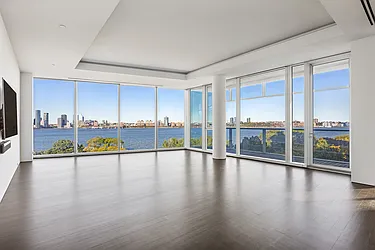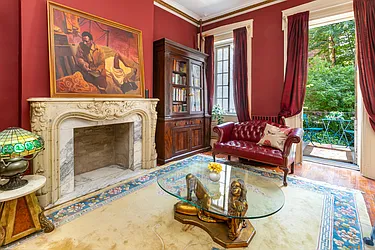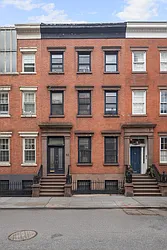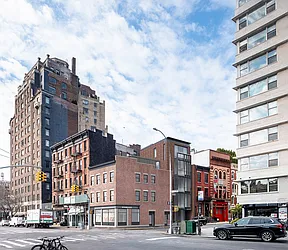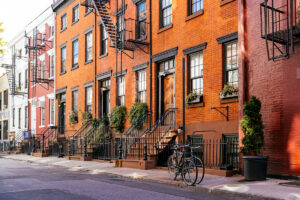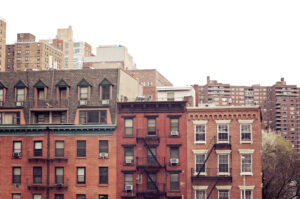How often do you see a clapboard-style home in Manhattan? Right. Almost never. Which is why this historic home at 17 Grove St. in the West Village was already a star before it was listed for sale this month.
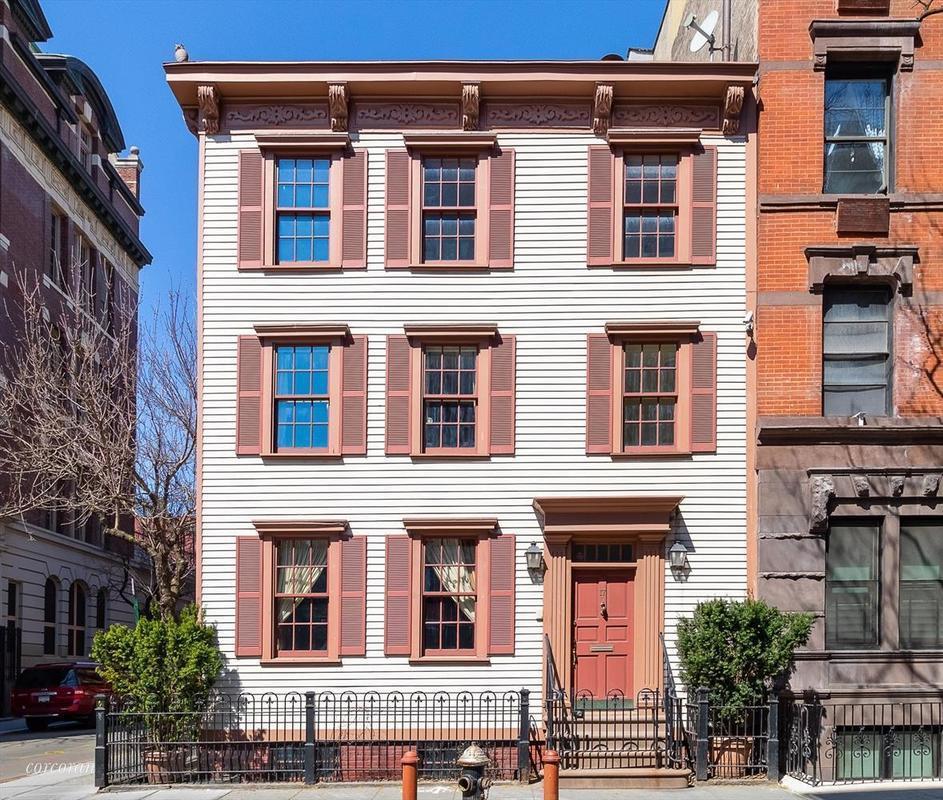
It’s listed for $12 million through Jane Beal at Corcoran and it’s tough to argue with the pricing because, after all, this is a priceless property. That’s because the residence at 17 Grove St. and its accompanying shop-turned-home at 100 Bedford St. are the oldest clapboard homes in Greenwich Village and one of only a handful of wood-clad structures in Manhattan.
Just Google “17 Grove Street” and you’ll see it’s a celebrated, historic structure. From mentions by New York University architectural classes to city historians and bloggers, there are dozens of references to 17 Grove St. as being one of the few remaining wood-framed houses in New York.
Unlike Brooklyn, which was its own city and allowed wooden structures to be built through the turn of the 20th century — including this beauty listed for sale for $3.99 million at 24 Middagh St. in Brooklyn Heights — Manhattan’s clapboard stock is minuscule.
Some Quick History on 17 Grove Street
It was built for William Hyde, a window-sash maker, whose shop was located in the attached structure behind it at 100 Bedford St. It was a rental property at one point and no doubt Hyde probably made the windows for each structure. It’s speculated that Hyde relocated here after an 1820’s yellow fever epidemic further downtown that drove some residents to less congested parts of lower Manhattan. Its original appraisal was said to be $100 in 1820.
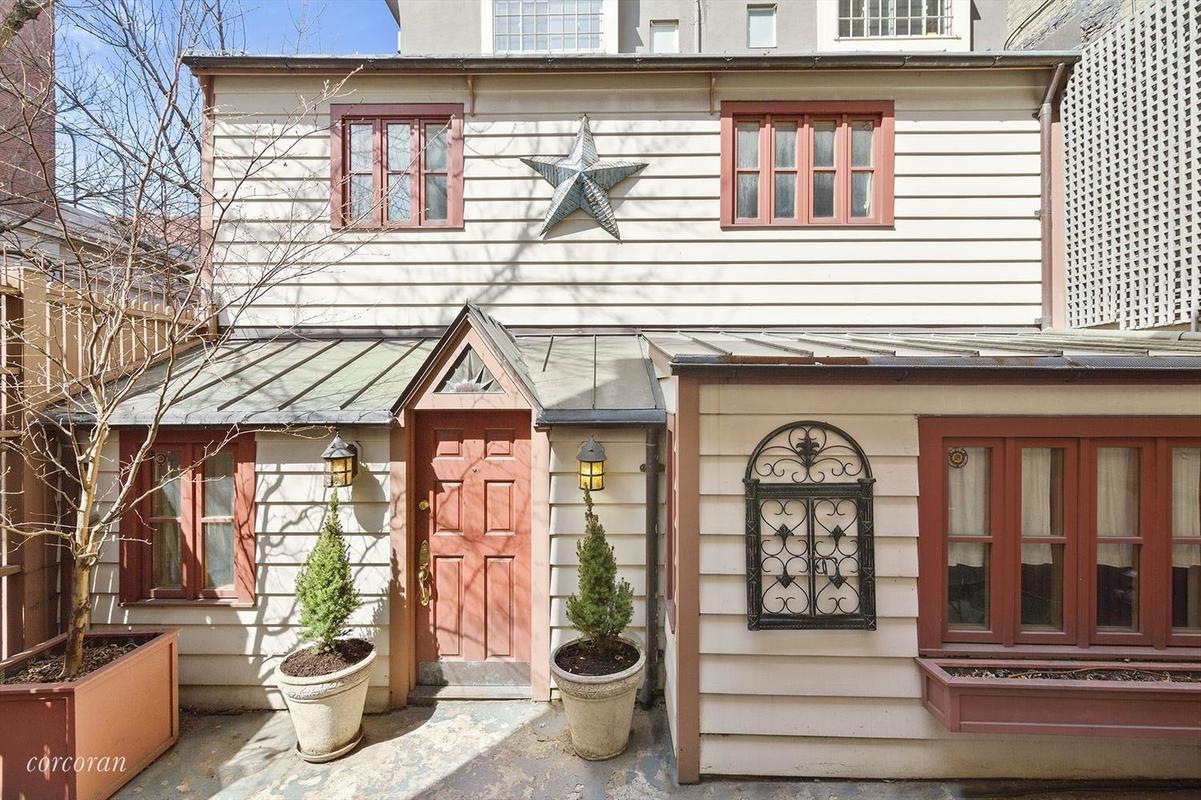
This is 100 Bedford St., which is behind the main structure at 17 Grove St.
As can be imagined, 17 Grove is an Instagram favorite and one of the most photographed dwellings in the Village.
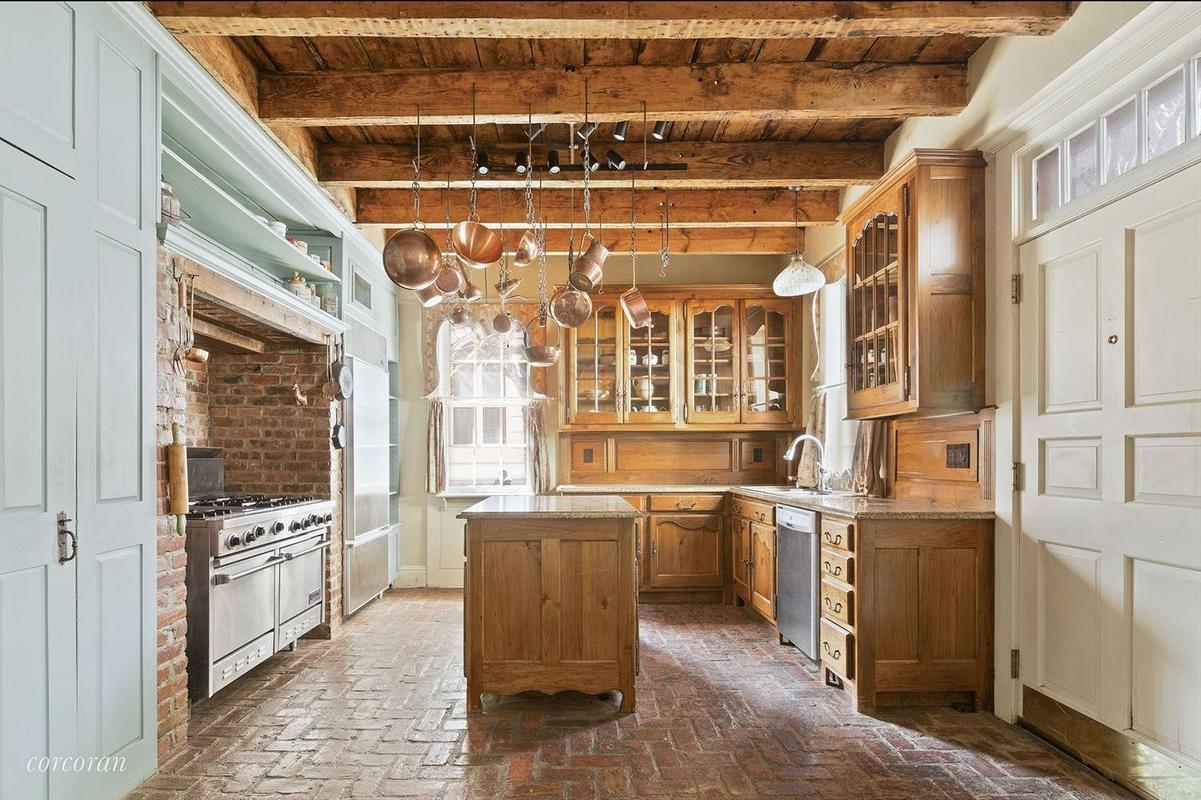
A Viking range is tucked into a giant hearth in the rustic kitchen, which retains the beamed ceiling and brick flooring.
Assuming this unique property does attract a buyer, its closing documents of sale will tell something about 17 Grove Street’s importance in Manhattan real estate history. In a city that’s leaping vertically at warp speed with modern, luxury residential towers, the legacy of this singularly significant clapboard property ought to become even more distinguished.
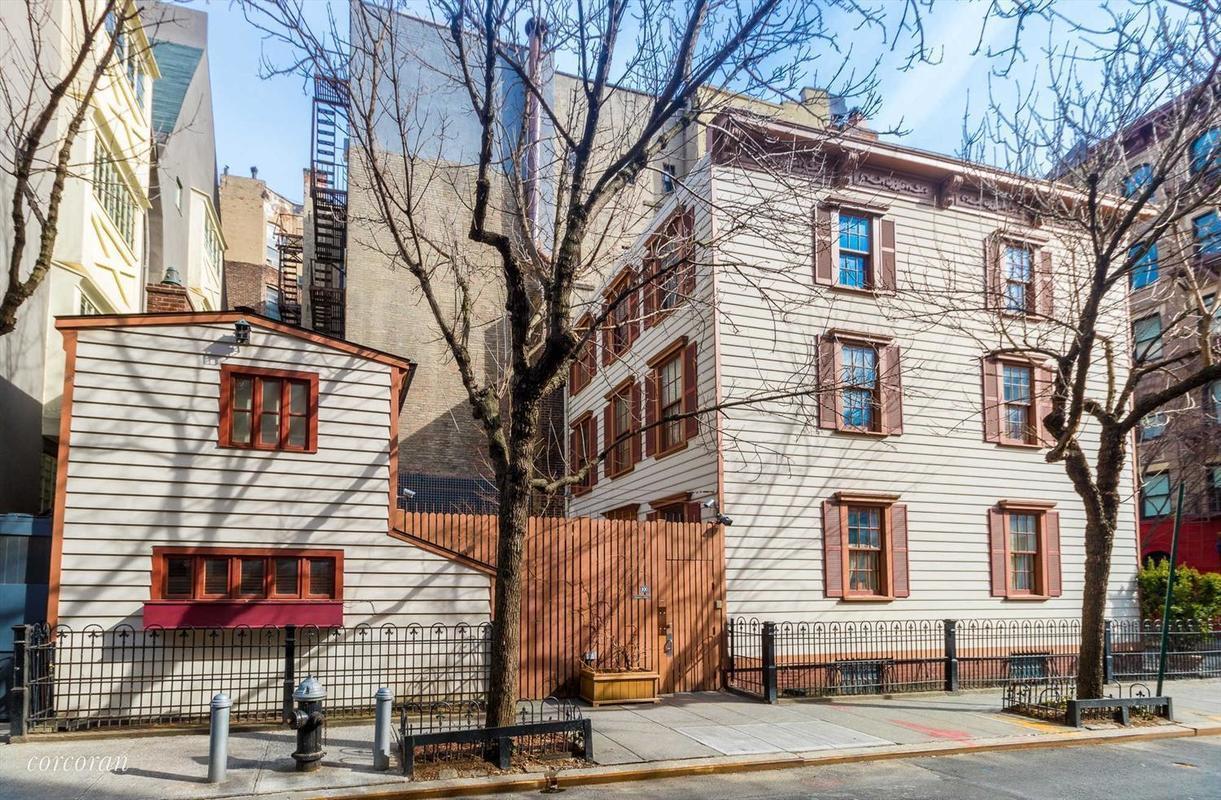
The structure behind 17 Grove was used as a workshop for William Hyde who was a window-sash maker.
Built in 1822, the museum-quality manse retains all its stunning, original features: Beams, wide-plank floors, brick hearth and floors and, yes, that distinctive clapboard siding. It’s also been retrofitted and outfitted with all-new modern systems, including central air and an elevator.
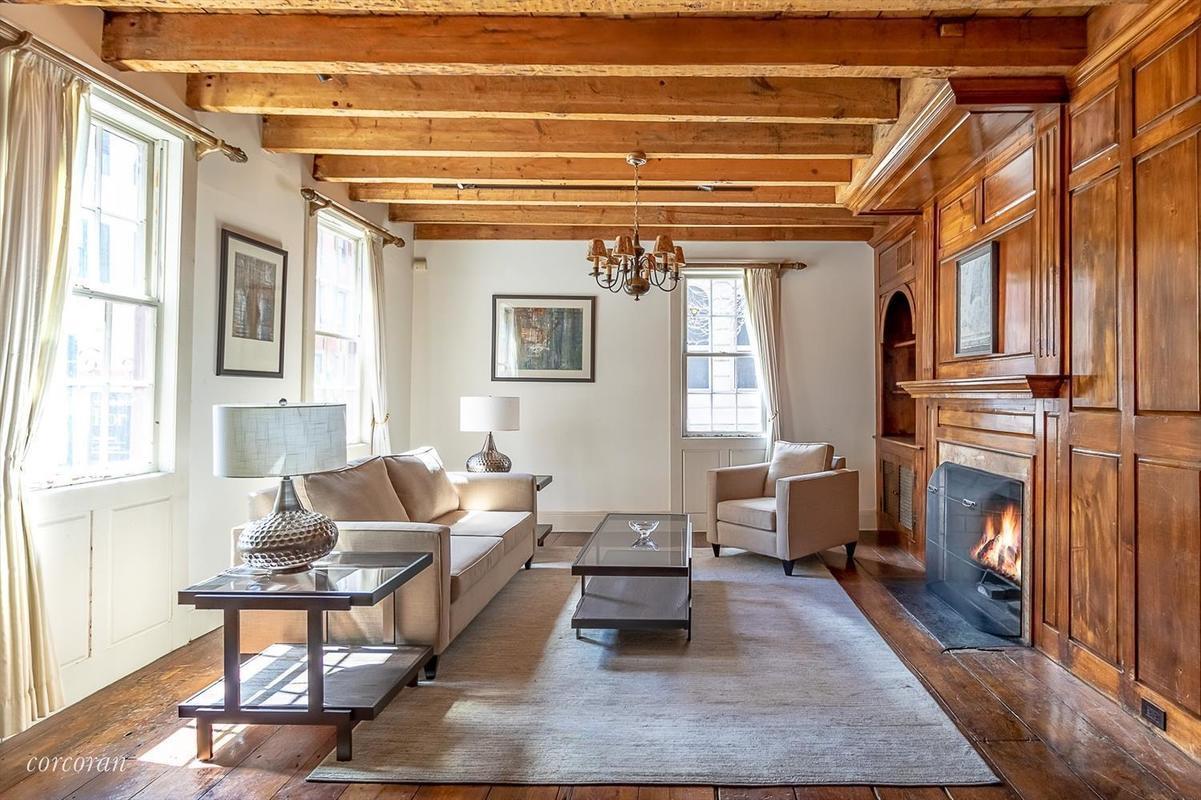
Yes – that’s a real wood-burning fireplace in the parlor room of 17 Grove.
Records indicate the home has been in the possession of the Taffner family since 1999. Donald Taffner was a TV producer who brought “Three’s Company” and other British shows to U.S. television. He and his wife Eleanor have since passed away, after which the property transferred in 2013 to their daughter, Karen Taffner Butler.
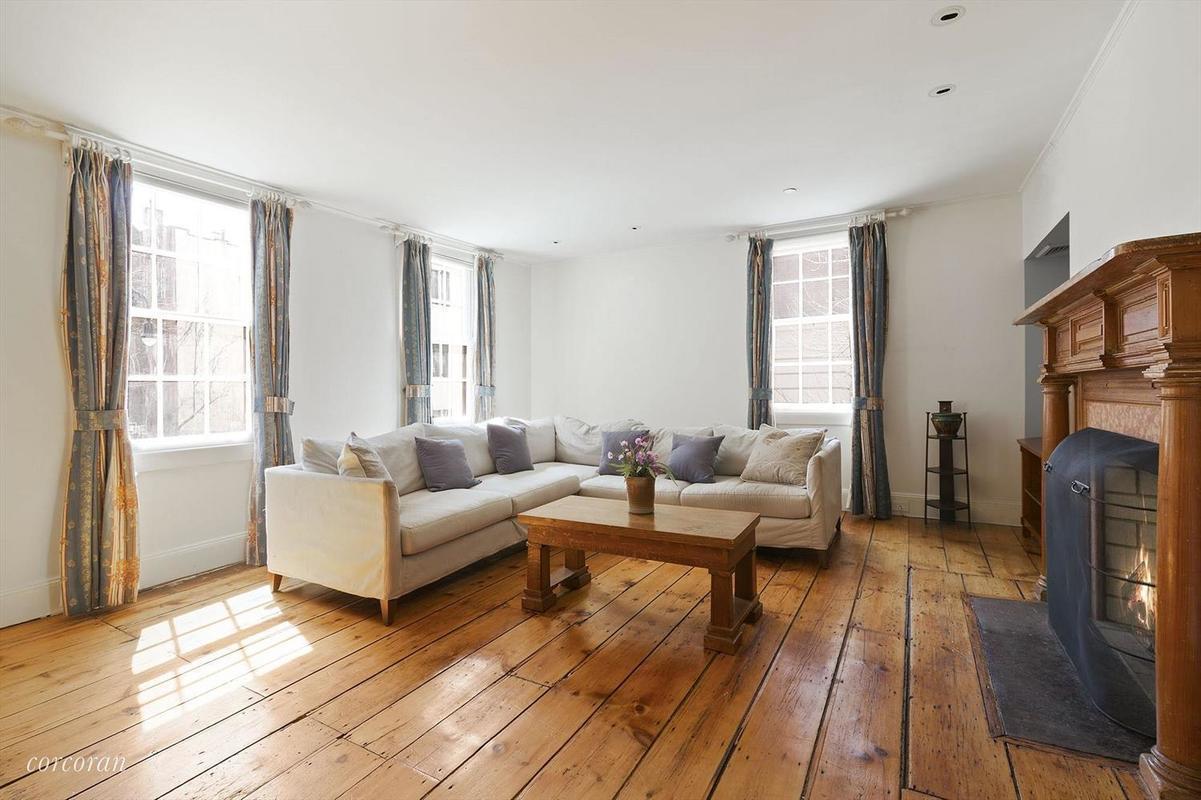
There is another wood-burning fireplace on the second floor in the sitting room.
So, What’s the Secret?
In addition to the main dwelling and the separate 2-story house (former shop) at 100 Bedford St., the property comes with a nip of Prohibition history, too. There’s an underground tunnel that once connected 17 Grove St. with nearby Chumley’s at 86 Bedford St. It is believe the tunnel now only goes as far as the property footprint and has been boarded up past that point.
The speakeasy was established in 1922, and served as an illegal watering hole for activists and literary class figures, from Willa Cather to John Dos Passos to William Steinbeck. A chimney collapse closed the place in 2007, but Chumley’s has been renovated and since 2017 operates as a private dining restaurant.
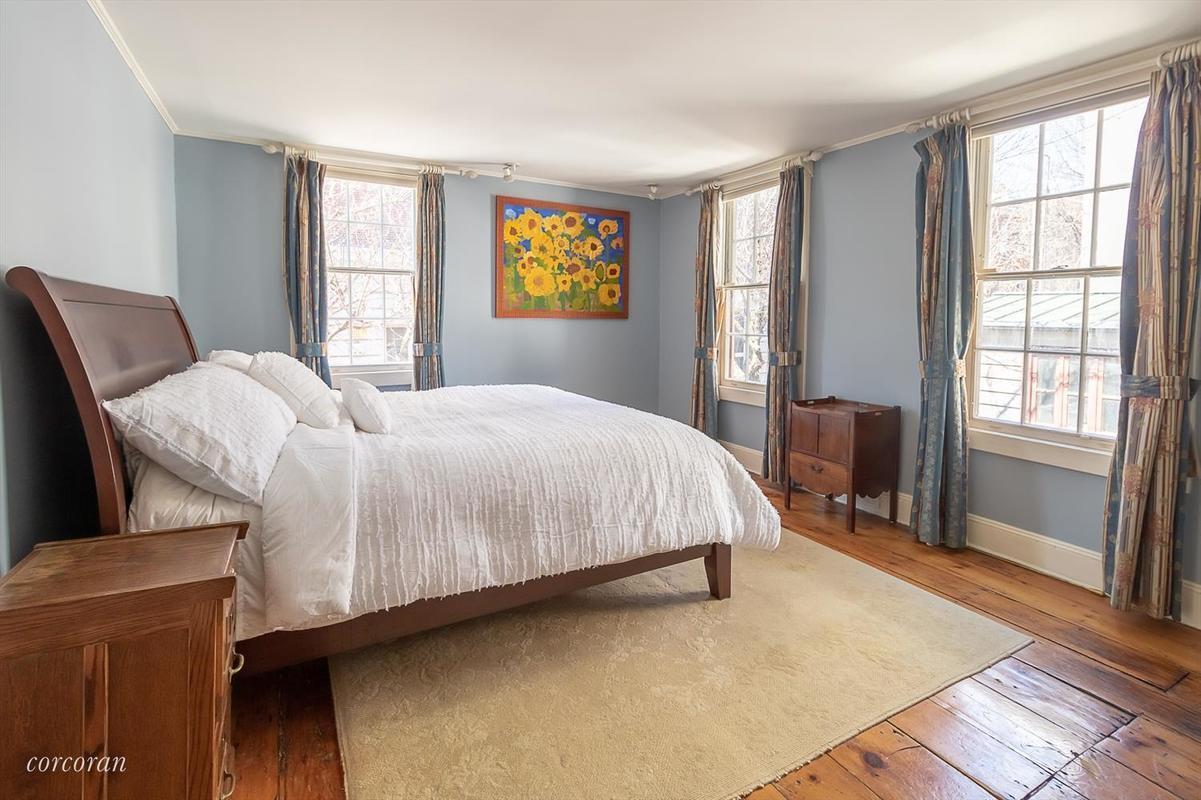
Like to find a place of your own in the West Village? Check out listings below for $12 million.
West Village Sales for $12 Million and Below Article continues below
Photos by Allyson Lubow and Dean DeCarlo of Corcoran.
—
Got an interesting NYC real estate story or a hot tip? Send it to us at tips@streeteasy.com. (You will remain anonymous.) And hey, why not like StreetEasy on Facebook and follow @streeteasy on Instagram?
